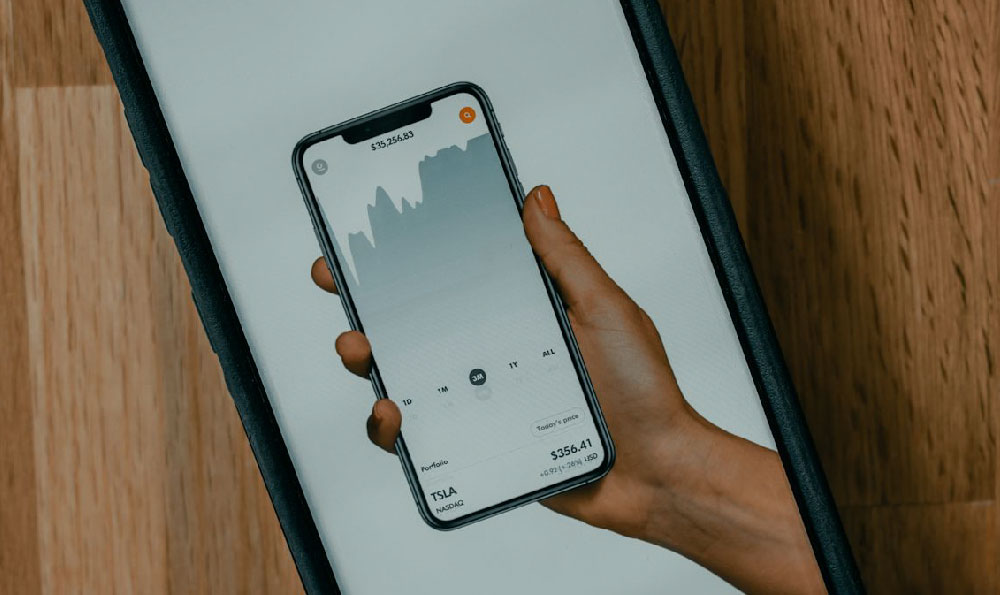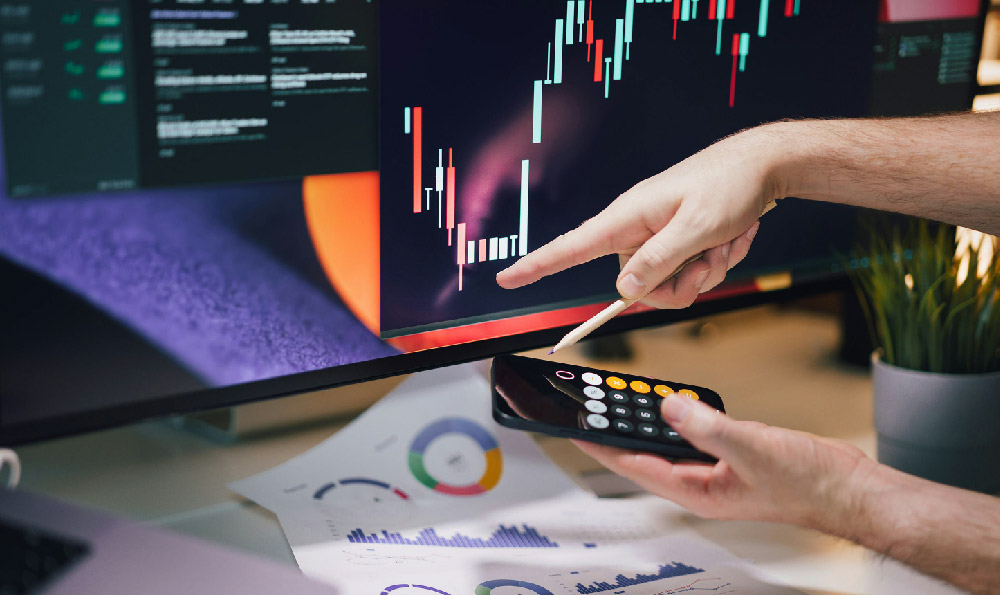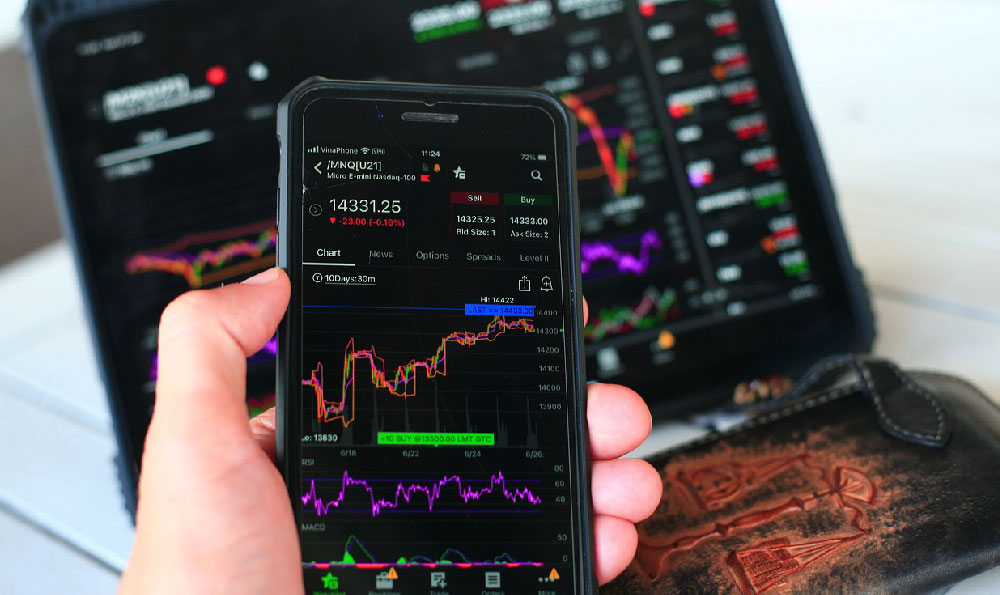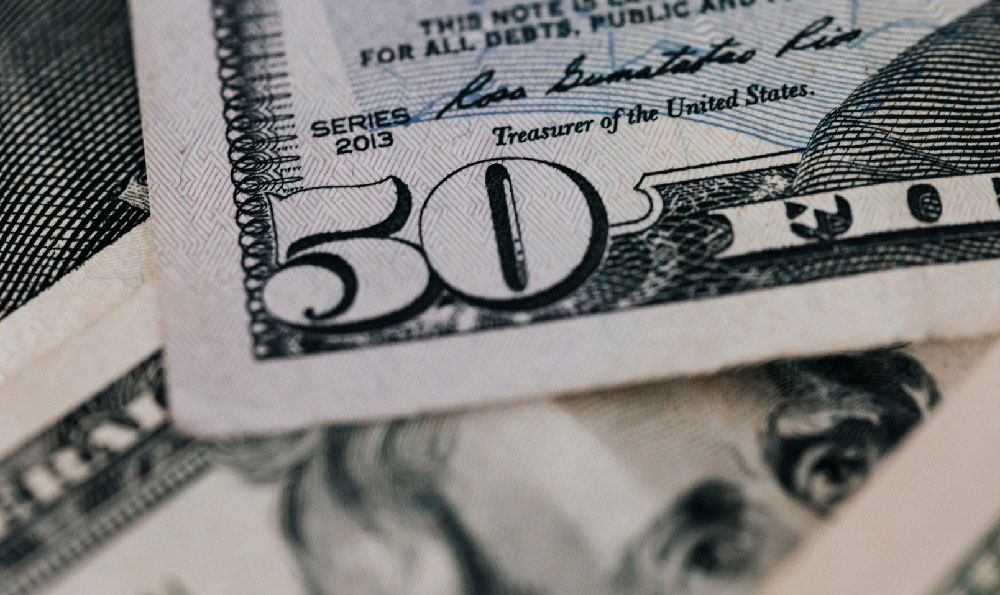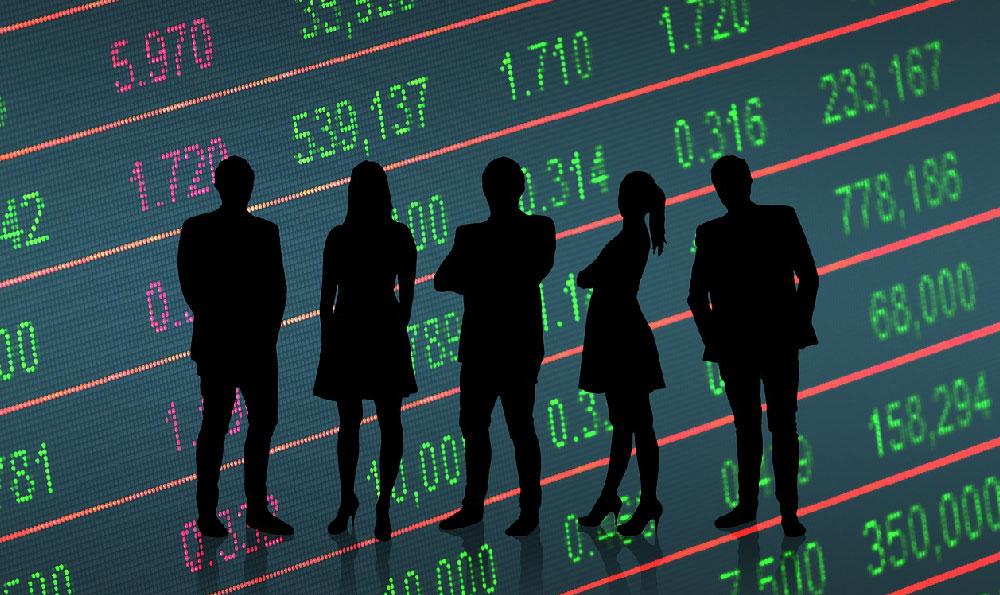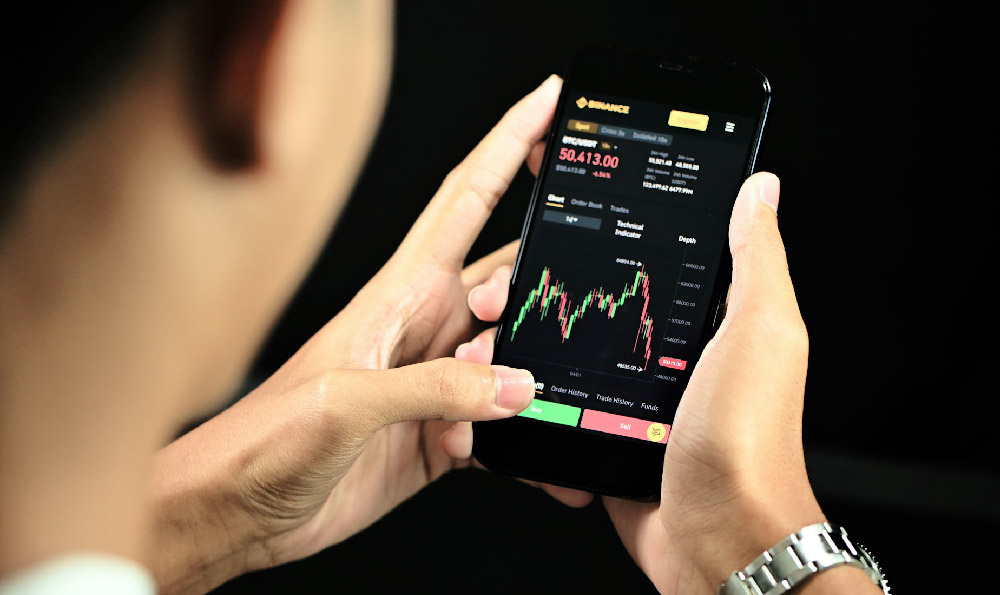Elon Musk's financial empire isn't built on a single lucky break, but rather a series of strategic ventures, calculated risks, and a relentless pursuit of innovation across multiple sectors. Understanding the genesis of his wealth requires a journey through his key companies and investment decisions, each contributing significantly to his multi-billion dollar fortune.
The story begins with Zip2 Corporation, which Musk co-founded with his brother Kimbal in 1995. This venture aimed to revolutionize the online publishing industry by providing newspapers with online city guides. While seemingly modest compared to his later endeavors, Zip2 marked Musk's initial foray into entrepreneurship and served as a crucial learning experience. The company offered business directories and mapping services, anticipating the future of online local search. Crucially, it was acquired by Compaq in 1999 for $307 million. Musk, as a co-founder and significant shareholder, netted around $22 million from this deal. This windfall wasn't simply pocketed; it became the seed capital for his future ambitions.
Immediately after the Zip2 acquisition, Musk plowed a significant portion of his earnings, approximately $10 million, into X.com, an online financial services and e-mail payments company. X.com's vision was ambitious: to create a comprehensive online banking platform. In 2000, X.com merged with Confinity, a company best known for its PayPal money-transfer system. Musk initially took the role of CEO, but disagreements with other key figures led to his eventual ouster. However, his initial investment and vision proved invaluable. In 2002, eBay acquired PayPal for $1.5 billion. Musk, as the largest shareholder at the time, received approximately $180 million after taxes.
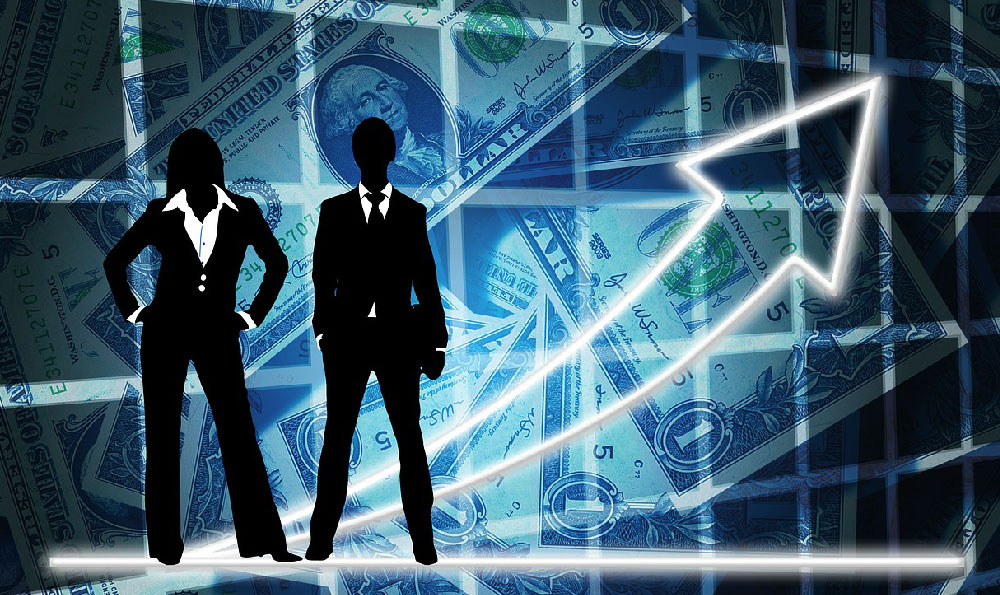
This second significant financial event provided the fuel for Musk's transformative ventures. Instead of retiring comfortably, he channeled his resources into two incredibly challenging and capital-intensive industries: space exploration and electric vehicles. These decisions were met with considerable skepticism, with many considering them almost impossible to achieve, let alone profitable.
In 2002, Musk founded SpaceX (Space Exploration Technologies Corp.). His vision was to reduce space transportation costs and enable the colonization of Mars. This was a radical departure from established aerospace companies and government-funded programs. Early years were fraught with setbacks, including multiple failed rocket launches. However, Musk's unwavering belief in the project and his ability to attract talented engineers and scientists kept SpaceX afloat. Through strategic partnerships with NASA, SpaceX secured contracts to resupply the International Space Station, demonstrating the reliability and cost-effectiveness of its Falcon rockets. These government contracts, along with private satellite launch deals, provided a steady stream of revenue. More importantly, SpaceX continued to innovate, developing reusable rocket technology that dramatically reduced launch costs. SpaceX’s valuation continued to soar, making up a huge part of Musk’s wealth.
Concurrently, in 2004, Musk invested heavily in Tesla Motors (now Tesla, Inc.), an electric vehicle company founded by Martin Eberhard and Marc Tarpenning. He became the company's chairman and actively involved in product design and strategy. Tesla faced numerous challenges in its early years, including production delays, high costs, and skepticism about the viability of electric vehicles. However, Tesla persevered, releasing the Roadster, its first electric sports car, in 2008. While the Roadster was a limited-production vehicle, it demonstrated the potential of electric technology and generated significant buzz.
Tesla's success wasn't linear. The company faced near-bankruptcy during the financial crisis of 2008. Musk invested heavily in Tesla to keep it afloat, demonstrating his commitment and unwavering belief in the company's future. The release of the Model S in 2012 marked a turning point. The Model S was a high-performance, luxurious electric sedan that received rave reviews and established Tesla as a serious contender in the automotive industry. Subsequent models, including the Model X, Model 3, and Model Y, further solidified Tesla's position as a leader in the electric vehicle market. Tesla's success isn't solely attributable to its vehicles; the company also invested heavily in battery technology, charging infrastructure, and autonomous driving capabilities. Tesla's stock price soared, transforming Musk into one of the wealthiest people in the world.
It's crucial to recognize that Musk's wealth isn't solely based on revenue and profit. A significant portion of his net worth is tied to the value of his shares in SpaceX and Tesla. These valuations are based on future growth expectations and market sentiment, which can fluctuate significantly. This means that Musk's wealth is subject to market volatility.
In addition to SpaceX and Tesla, Musk also founded or acquired other companies, including Neuralink (developing brain-machine interfaces) and The Boring Company (focused on tunneling and infrastructure). While these ventures are still in their early stages, they demonstrate Musk's commitment to tackling ambitious technological challenges.
Musk’s success can be attributed to several factors. His early success with Zip2 and PayPal provided the capital needed to pursue his ambitious ventures. His ability to identify and invest in disruptive technologies, such as electric vehicles and space exploration, positioned him at the forefront of innovation. His willingness to take risks and persevere through setbacks allowed him to overcome significant challenges. His strong leadership and vision inspired talented individuals to join his companies. His knack for generating public interest and excitement around his products and ventures created a powerful brand image.
Musk's journey to wealth is a testament to the power of entrepreneurship, innovation, and relentless pursuit of ambitious goals. He took the money from early ventures and risked it all on technologies that, while potentially revolutionary, were also extremely high risk. His unwavering belief in his vision and his ability to execute his plans ultimately resulted in his immense financial success. While his wealth is largely tied to the future performance of his companies, his contributions to technology and innovation have already left an indelible mark on the world.


